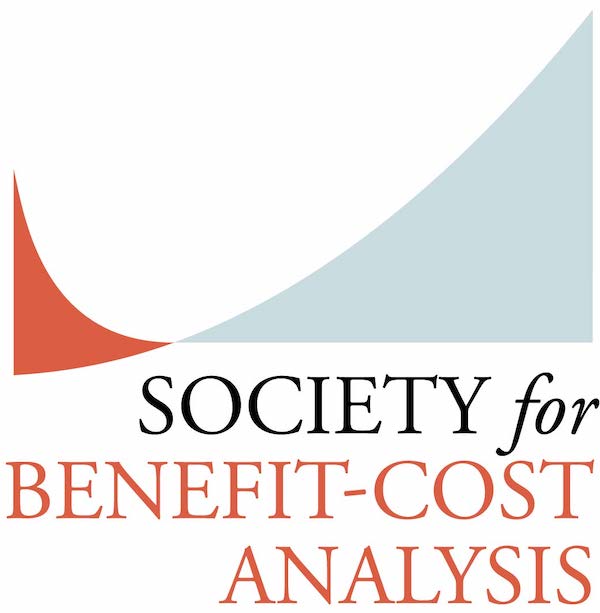On Balance: Nobel Laureate Richard Thaler, Behavioral Economics, and Benefit-Cost Analysis
Rational action lies at the heart of neoclassical economics. Sovereign consumers make choices that maximize their utilities. By observing the tradeoffs implicit in actual choices, or eliciting tradeoffs for hypothetical choices, benefit-cost analysts impute willingness to pay for desirable policy impacts and willingness to accept undesirable ones. Yet, it appears that sometimes consumers seem to make mistakes. The field of behavioral economics seeks to provide a more realistic psychological model of consumers and other economic actors that helps us understand apparent deviations from neoclassical rationality. The 2017 Nobel Memorial Prize in Economic Sciences recognizes Richard H. Thaler’s pioneering contributions to behavioral economics.
